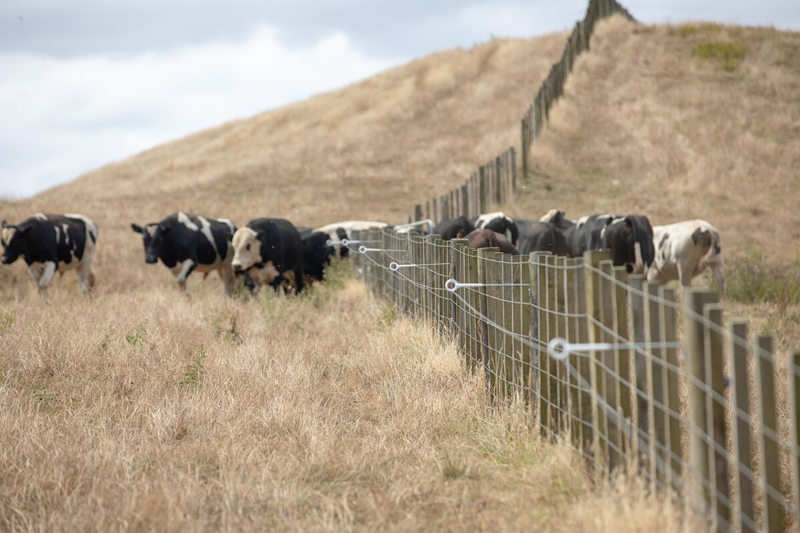Stockpiling forage an economical option to extend grazing season
Saturday, 01 January, 2022

Studies have shown time and again harvested feed costs are the largest expense of a livestock operation. To reduce these costs and help fill in the late fall and winter gaps in pasture forage availability, producers should consider strategies to extend the grazing season for their animals.
“Pastures best-suited for stockpiling will be grazed or mowed early in the season to promote even late-season growth.”
According to Dr. Kim Mullenix, assistant professor of beef cattle production at Auburn University in Auburn, Alabama, some of the options available to livestock owners include stockpiling standing forage, planting cool-season annuals as a grazing cover crop, or grazing row crop residue. She notes stockpiling has been shown to be one of the most economical and involves allowing forage to accumulate in the pasture for grazing at a later time.
"Typically you're using perennial forage, one that's already established, and then you're fertilizing that forage to allow it to accumulate for a time of later use," says Mullenix. "Compared to cutting forage for hay, we typically find that's more economical."
Additionally, even with the added input costs of establishment and fertility of planting winter annuals, Mullenix says, "If we compare that to feeding hay and supplements to animals during winter months, we can find that is also still a more economical option."
Mullenix's research aims to find ways to help Alabama and Southern livestock producers extend their grazing season, as well as explore options for alternative grazing systems. One of her latest studies is examining whether Tifton 85 bermudagrass can be stockpiled as a temporary forage option for fall-purchased stocker calves.
"Instead of putting them on hay and supplementation when during the receiving period and waiting for our winter annuals to get ready to be grazed," says Mullenix, "we are using stockpiled forage as an alternative during the initial receiving period."
A frontal (strip) grazing approach works best in this situation, says Mullenix. The cattle in her study are given small strips of forage at a time. No back fencing is used and animals have access to water behind. Temporary fence is moved every two to three days to provide animals with new forage.
It is important to note, bermudagrass is a warm-season grass and one of the recommended perennial forages for stockpiling in the South. It typically proves to be a lower-quality stockpiled forage with quality declining rapidly over time. Total digestible nutrients will range from the upper 60s early in the fall grazing season to the low 50s by January.
Despite this fact, research conducted three years prior at Auburn showed stockpiled Tifton 85 bermudagrass can be a suitable forage alternative for fall-calving cowherds with little to no negative effects on reproduction or calf performance. Additionally, the cost per cow for hay plus supplement was nearly double the costs associated with stockpiling. These results bode well for Mullenix's current research pursuits.
For producers new to stockpiling forages, consider the following tips:
-
Look at your pastures and determine if you have areas that would be feasible for stockpiling.
-
Consider the types of forage species present in your pastures. Perennials are most ideal for stockpiling.
-
Have water accessible to the grazing area.
-
Use temporary fencing to section off grazing areas and allocate forage strips. Gallagher has many electric fencing products suitable for this!
-
At the beginning of season, make sure forage is evenly distributed in pastures to be stockpiled. Pastures best-suited for stockpiling will be grazed or mowed early in the season to promote even late-season growth.
-
Fertilization is critical to improve forage production and maximize your stockpile.
-
Be patient! Sit back and allow forage to accumulate in a timely manner.
For more detailed information on stockpiling forages to extend your grazing season, Mullenix advises producers contact their local extension office or Natural Resource Conservation Service. In addition, Southern livestock producers can find more information on extending the grazing season at www.alabamaforages.com or www.alabamabeefsystems.com